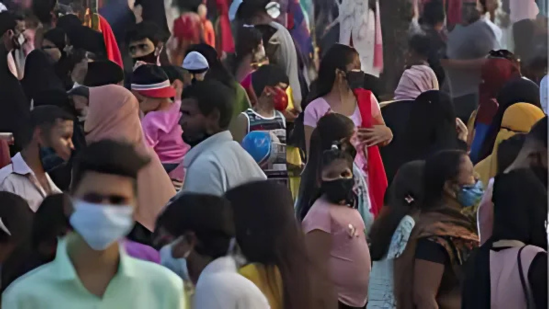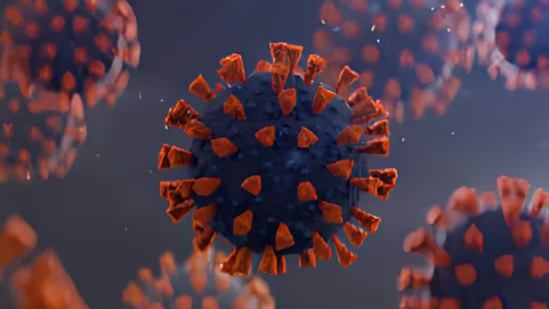
India is still keeping a close watch on COVID-19 developments. On June 5, 2025, the country recorded 564 new cases and 7 more deaths in the last 24 hours. The total number of active cases has now crossed 4,800, showing a slight but noticeable increase. While the rise is not yet alarming, it serves as a reminder that the virus has not completely gone away.
According to the latest report from the Ministry of Health and Family Welfare (MoHFW), India has a total of 4,829 active COVID-19 cases. The country’s total number of recovered cases has reached 4.44 crore, and the overall death toll stands at 5,31,976. These figures show that the situation is largely under control, but new infections continue to occur, especially in urban and crowded areas.
States like Kerala, Maharashtra, and Delhi are reporting the highest number of cases. Other states such as Tamil Nadu, Karnataka, and West Bengal have also reported mild surges in cases. Most of these infections are mild or asymptomatic, but people with low immunity, the elderly, and those with underlying health issues remain at a higher risk.
Health experts are urging people to be careful but not panic. According to Dr. Arvind Kumar, a senior lung specialist, “COVID-19 is no longer a pandemic emergency, but we should still be careful. New variants can cause minor waves when people stop following basic precautions.” Doctors continue to recommend wearing masks in public spaces, using sanitizers, avoiding crowds, and staying home when sick.
Even though COVID-19 testing has reduced across India, experts stress that anyone showing symptoms like cough, fever, or breathing difficulty should get tested immediately. Early detection helps prevent the virus from spreading, especially among vulnerable populations. People are also advised to use tools like the Aarogya Setu app to monitor and report their health conditions.
The new rise in infections is mostly linked to Omicron subvariants, particularly XBB.1.5, which are known for spreading fast but usually cause only mild illness. No new variant of concern has been detected in India recently, but scientists are continuing genomic surveillance through networks like INSACOG to stay prepared.
India’s massive COVID-19 vaccination program has played a big role in keeping the situation stable. So far, more than 220 crore vaccine doses have been given, with 95% of adults fully vaccinated. Additionally, over 75% of eligible people have received booster doses. The government is still urging senior citizens and people with weakened immune systems to take their precautionary shots if they haven’t done so already.
The Union Health Ministry has not issued any new travel bans or lockdowns, but they have advised all states to be ready for emergencies. Hospitals have been told to ensure that oxygen supply, ICU beds, and ventilators are available in case of any sudden increase in patients. Guidelines also include mask mandates for hospitals and public transport systems, especially in cities with higher case numbers.
So far, interstate travel remains open, and daily life continues as usual. However, international arrivals are being monitored more closely. Passengers showing symptoms are being asked to self-isolate and report to health officials. People traveling abroad or returning to India are advised to stay updated on travel rules and follow hygiene practices.
The public response has been mixed. While many are taking the situation seriously and following safety norms, some have become relaxed, believing the pandemic is over. Experts warn that this kind of overconfidence can lead to trouble. Even though the number of serious cases and hospitalizations is low, carelessness can lead to another local outbreak.
According to health officials, the possibility of a new major wave is low at this time. High levels of natural immunity, widespread vaccination, and prepared healthcare infrastructure make it unlikely. However, experts continue to monitor the situation and are ready to act if any new variant appears that could be dangerous.
The COVID-19 update for June 5, 2025, reminds us that while we have won most of the battle against the virus, we cannot afford to be careless. The reporting of 564 new cases and 7 deaths shows that COVID-19 still exists, and it remains our responsibility to stay alert, vaccinated, and follow basic health precautions.































